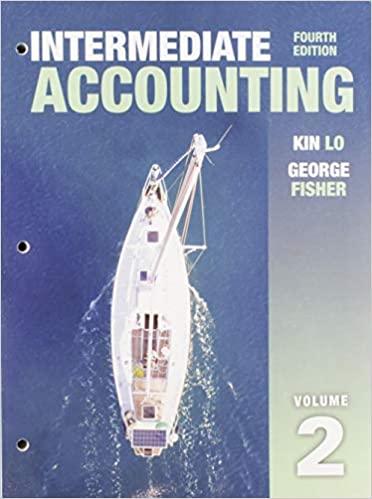Question
** Provide STATA output for answer credit** Estimate an aggregate consumption function for the U.S. economy for the period 19452006, testing your equation for serial
** Provide STATA output for answer credit**
Estimate an aggregate consumption function for the U.S. economy for the period 19452006, testing your equation for serial correlation, and, if appropriate, taking corrective action. We end the sample with 2006 to avoid the (admittedly interesting) complications introduced by the Great Recession).
Step 1: State the Variables and the Expected Signs of the Coefficients
The goal is to model U.S. aggregate consumption as a function of disposable personal income and the real interest rate. The data are from the St. Louis Federal Reserve FRED database and the Economic Report of the President. Descriptions of the variables are in Table 4.1, along with the hypothesized signs for the coefficients, and the dataset is called CONS9.
Table 4.1 Variable Definitions
| Variable | Description | Expected Sign |
| cont | The real personal consumption expenditures in year t, in billions of 2009 dollars | NA |
| dpit | The real disposable personal income in year t, in billions of 2009 dollars | + |
| aaat | the real interest rate on Aaa corporate bonds in year t | - |
| yeart | Year t | NA |
Step 2: Estimate the Aggregate Consumption Function
Now estimate the consumption function, using disposable personal income and the real interest rate as the independent variables. If youre using Stata, be sure to tell Stata that this is a time series and that year is the time variable.
Step 3: Examine the Residuals
Generate the residuals from the regression in Step 2 (naming them e) and plot them as a line graph against yeart (yeart should be on the x-axis). Does the plot look entirely random? Explain.
Step 4: Run the Durbin-Watson Test
Conduct a Durbin-Watson test for positive serial correlation.
a. Carefully write the null and alternative hypotheses.
b. Run a Durbin-Watson test for positive serial correlation at the 5-percent level. What are the upper and lower critical values in this case? What can you conclude?
Step 5: Run the Lagrange Multiplier Serial Correlation Test
Lets see if our Durbin-Watson results can be confirmed with the Lagrange Multiplier test.
a. Are the null and alternative hypotheses for the Lagrange Multiplier test the same as for the Durbin-Watson test? Why or why not?
b. Conduct a Lagrange Multiplier test for serial correlation at the 5-percent level. What can you conclude? Explain.
Step 6: Estimate the Model with Generalized Least Squares
a. If you encountered serial correlation in either of the previous steps, re-estimate our aggregate consumption model using Generalized Least Squares.
b. Are the GLS coefficients and t-statistics the same as the OLS coefficients and t-statistics? Explain.
c. After the GLS transformation, does serial correlation still appear to exist? Support your answer.
Step 7: Calculate Newey-West Standard Errors
a. If you ran a GLS model in Step 6, now estimate the aggregate consumption model using the Newey-West method with a lag of 1.
b. After the Newey-West calculation, are the coefficients the same as the OLS coefficients? Explain.
c. Why are the Newey-West t-statistics different from the OLS t-statistics? Which do you prefer? Why?
Go back to Steps 5 though 7
a. Lets consider testing for higher-order serial correlation. Conduct the LMSC test for third-order serial correlation. What do you find? (Describe the null hypothesis and provide the new regression results. Interpret your findings.)
Hint: In this case, we use:
et = 0 + 1dpit + 2aaat + 3et-1 + 4et-2 + 5et-3 + ut
b. Now estimate Newey-West standard errors with a lag of 3. Interpret your findings.
Step by Step Solution
There are 3 Steps involved in it
Step: 1

Get Instant Access to Expert-Tailored Solutions
See step-by-step solutions with expert insights and AI powered tools for academic success
Step: 2

Step: 3

Ace Your Homework with AI
Get the answers you need in no time with our AI-driven, step-by-step assistance
Get Started


